The Exhaust Gas Recirculation (EGR) valve plays a pivotal role in controlling emissions and enhancing engine performance․ When it malfunctions, it can lead to a host of issues ranging from poor fuel economy to increased emissions․ Testing your EGR valve is crucial for maintaining optimal vehicle performance․ This guide will walk you through the steps to effectively test your EGR valve․
Understanding the EGR Valve
The EGR valve recirculates a portion of the exhaust gases back into the engine’s intake manifold․ This process helps reduce nitrogen oxide (NOx) emissions and can improve fuel efficiency․ However, over time, the EGR valve can become clogged with carbon deposits or may fail electrically, leading to performance issues;
Tools You Will Need
- Basic hand tools (screwdrivers, wrenches)
- Multimeter
- Vacuum pump
- Shop manual (for your specific vehicle model)
- Clean rags
Step 1: Safety First
Before you begin, ensure your car is parked on a flat surface, the engine is cool, and you have disconnected the battery to prevent any electrical shorts․
Step 2: Locate the EGR Valve
Refer to your vehicle’s shop manual to find the exact location of the EGR valve․ It is typically located on the intake manifold and may be near the throttle body․ Make sure to identify its connections, including vacuum lines and electrical connectors․
Step 3: Inspect the EGR Valve
Visually inspect the EGR valve for any obvious signs of damage, carbon buildup, or leaks․ Use a clean rag to wipe away any dirt around the valve to prevent contaminants from entering the engine․
Step 4: Test the EGR Valve Functionality
Using a Vacuum Pump
- Disconnect the EGR valve from the vacuum line․
- Attach the vacuum pump to the EGR valve․
- Apply vacuum to the valve; it should open․ If it does not, the valve may be stuck closed and needs replacement․
Using a Multimeter
- Reconnect the electrical connector to the EGR valve․
- Set the multimeter to measure resistance (ohms)․
- Check the resistance across the terminals of the EGR valve․ Consult your shop manual for the specific resistance values required for your vehicle․
- If the resistance is out of the specified range, the valve may be faulty․
Step 5: Clean or Replace the EGR Valve
If the EGR valve shows signs of carbon buildup, you may attempt to clean it using an appropriate cleaner․ If the valve is damaged or fails the tests, it’s best to replace it with a new one․
Step 6: Reinstall and Test Drive
Once you’ve cleaned or replaced the EGR valve, reinstall it along with any disconnected components․ Reconnect the battery, and start your engine․ Take your vehicle for a test drive to ensure that performance has improved and no warning lights are illuminated on the dashboard․
Testing your EGR valve doesn’t have to be a daunting task․ With the right tools and a bit of patience, you can maintain your vehicle’s performance and emissions standards․ Regular checks on the EGR valve can save you from costly repairs and keep your engine running smoothly․ Happy driving!

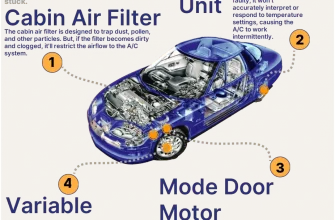
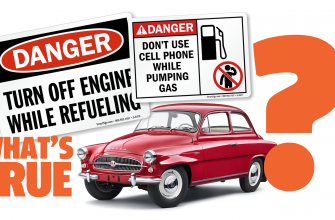
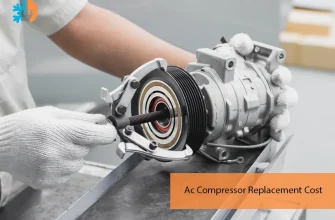



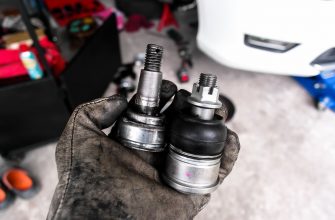
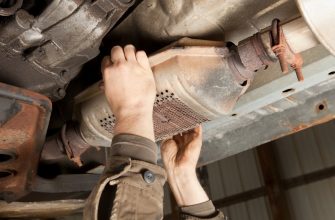
I really appreciated the safety tips included before starting the testing process. It shows that the author cares about the reader’s well-being!
The detailed explanation of how to test the EGR valve with both a vacuum pump and a multimeter was particularly helpful. Great resource for DIY mechanics!
I learned so much from this guide! The visuals of where to locate the EGR valve in different vehicles would be a fantastic addition for visual learners.
Fantastic article! It breaks down technical information into manageable steps, making it accessible for everyone, regardless of their mechanical background.
This article provides an excellent overview of the EGR valve and its importance. The step-by-step guide is easy to follow and very informative!
This article demystified a complex topic for me. I now feel confident in testing my vehicle